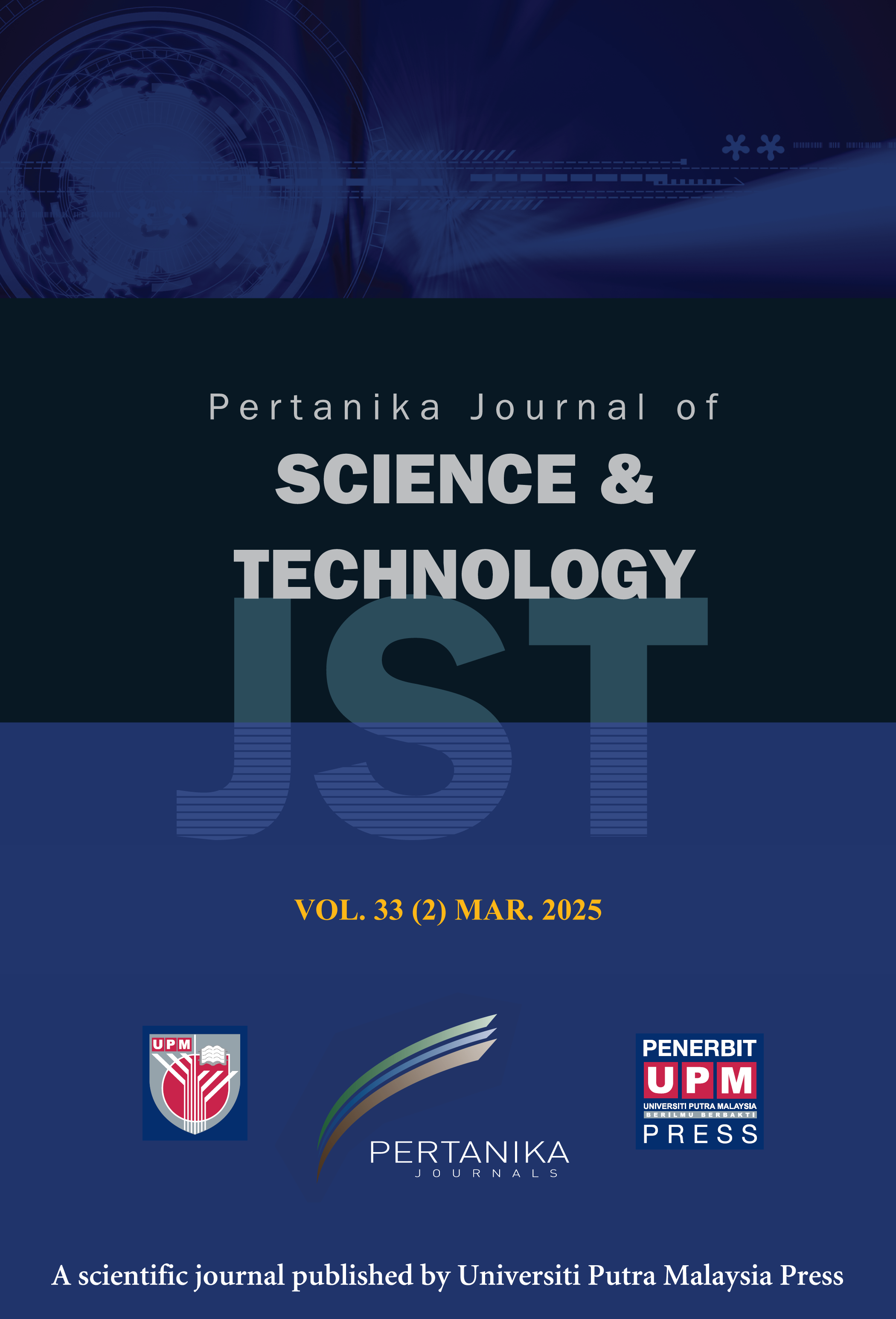PERTANIKA JOURNAL OF SCIENCE AND TECHNOLOGY
e-ISSN 2231-8526
ISSN 0128-7680
RAPD Analysis of Musa acuminate cv. Berangan Plantlets in Nursery Stage from Long-term Subculture
Muslim Razani, Fatimah Kayat, Raimi Mohamed Redwan and Dwi Susanto
Pertanika Journal of Science & Technology, Volume 43, Issue 2, May 2020
Keywords: Banana, Berangan, micropropagated, plant height, RAP
Published on: 25 May 2020
Banana Musa acuminate cv. Berangan is an important fruit crop in Malaysia. The use of tissue culture techniques can increase the number of planting materials for mass production of banana. However, the main problem in banana tissue culture is somaclonal variation, which is caused by many factors, such as long-term subcultures, which can reduce the production value and quality. In this study, the experiment focused on somaclonal variation caused by long-term subculture that had caused changes in their morphology which could be differentiated by RAPD pattern of micropropagated Musa acuminate cv. Berangan plantlets from long-term subcultures (15th subculture). Banana plantlets established from micropropagated banana using MS supplemented with 5 mgL-1 of BAP was maintained until 15th subculture before being hardened and acclimatized in commercial soils. In this experiment, banana seedlings were categorized into four groups based on their heights at 5 - 10 cm, 11 - 15 cm, 16 - 20 cm and 21 - 25 cm. Results showed that the tallest seedlings (21 - 25 cm) produced 9.56 ± 1.01 number of leaves, 218.88 ± 40.89 cm leaf area and 5.32 ± 0.78 cm girth of pseudostem whereby the shortest group (5 - 10 cm) produced 5.67 ± 0.98 leaves, 18.95 ± 12.37 cm of leaf area, and 1.63 ± 0.54 cm girth of pseudostem. RAPD analysis carried out using two primers, OPH09 and OPA15 showed variation between the tallest seedlings and the shortest seedlings. This study concluded that long-term subculture of banana cv. Berangan produced variation in the seedlingś growth thus may affect the quality of planting materials produced.
ISSN 0128-7680
e-ISSN 2231-8526




